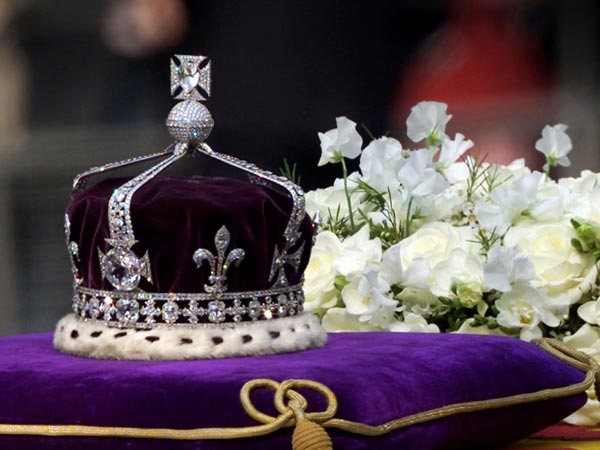India has been a repository of not only great spiritual, moral and architectural wealth but also of treasures beyond comparison. The affluence that the Indian rulers boasted of, can be matched by almost none in the world. However, the crest jewels and wondrous treasures have been ruthlessly looted by invaders, especially the Persians and the British, and it is a sad truth that none of these priceless artifacts lie within the geographical boundaries of India today. Listed below are 9 priceless artifacts you didn’t know India had.
Sultanganj Buddha: The largest bronze figure
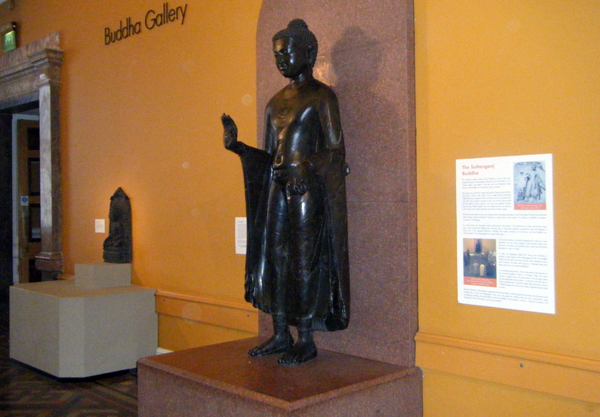
Presently at: Birmingham Museum and Art Gallery
A chance discovery near the sleepy North-Indian town of Sultanganj, this unique bronze statue of Buddha is one of its kind in the world. Made by the lost wax method, it weighs 500 kgs and measures 2.3 meters in height. The 1500-year-old statue was discovered by a functionary of the British Raj, E.B.Harris when his workers chanced upon it while breaking into a hill during the construction of the East Indian Railway.
This priceless artifact is a marvel which shows the unmatched skill and technology level of the ancient Indian artisans and craftsmen. The beauty of the statue has not been marred by the ugly battles that took place for its possession. It was immediately procured by a Birmingham industrialist, Samuel Thornton for £200 and taken to a museum in the city. More than 30,000 people came to see the statue in the first week itself. Once the beauty was seen, there were endless attempts to ambush or steal it but all were in vain.
Ranjit Singh’s Golden Throne: The Royal Treasury’s priceless artifacts
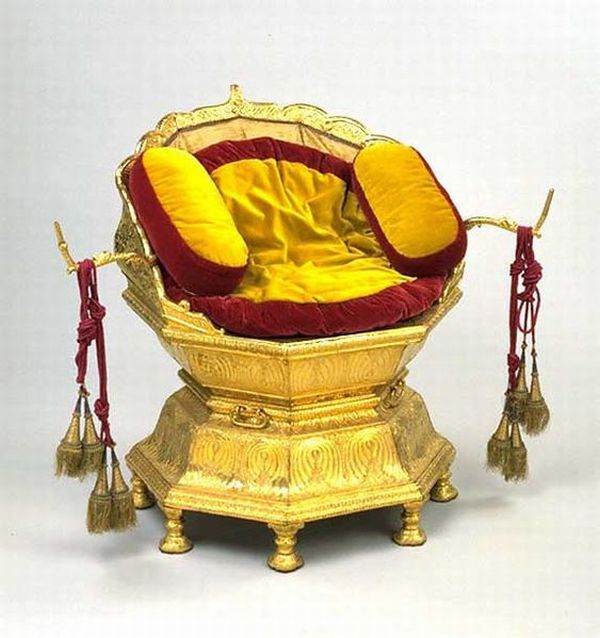
Presently at: London’s Victoria & Albert Museum
The golden throne is king Ranjit Singh’s another example of the British looting the magnificent treasures of India. A skilled yet hitherto unknown Muslim goldsmith, Hafez Muhammad Multani, took 10 full years to complete the throne for the king. A wooden base was covered with sheets of pure gold with a design of flowering plants and a lotus.
It held great symbolism for the Sikhs who strive to live in the world without attachment like the lotus which emerges in all beauty amidst the slush and muck. When Punjab was annexed in 1849, Lord Dalhousie literally plundered the religious and revered treasury of the king.
The finances of the East India Company were battered then and this single loot enriched them to glory, previously not known. Dalhousie, in his greed, attempted to retain the throne while dispatching all the other treasures in the treasury. The British government saw through his devious plan and demanded the throne to be sent to London, where it currently rests.
Shah Jahan’s royal jade wine cup
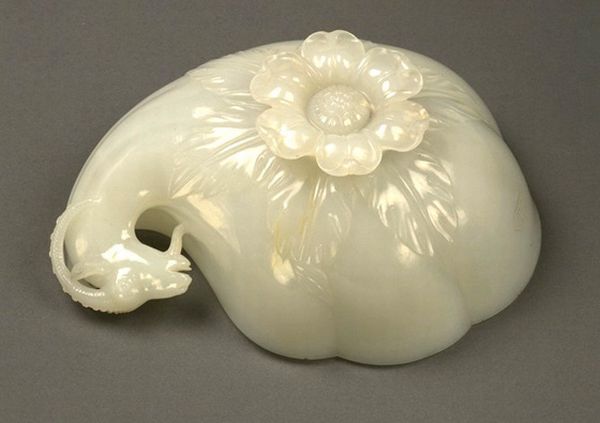
Presently at: London’s Victoria & Albert Museum
Another magnificent reminder of the glorious Mughals, one of their most priceless artifacts, the royal jade wine cup belonged to the emperor Shah Jahan. Jade was highly prized in India and was imported from China or Central Asia. This cup was carved from the purest nephrite jade and has the date 1067 engraved on it.
Its beauty does not come as a surprise for those who know Shah Jahan as the creator of the magnificent Taj Mahal. He was an emperor of fine taste, who ruled the Mughal empire when it was at the peak of its glory. In the shape of a gourd, the cup rests on a lotus petal, ending gracefully in a wild goat’s head. The gourd has a Chinese origin, the lotus is Hindu while the goat’s head is European.
Kohinoor: Prince among diamonds

Presently at – Set into Queen Elizabeth’s crown at the Tower of London.
The Kohinoor or the ‘mountain of light’ as it is translated in Persian, is currently a 105-carat diamond that is rumored to be over 4000-5000 years old. According to the ancient belief, in India, it went by the name of Syamantaka gem and is a part of the folklore where Lord Krishna goes in search for it.
Historically, the diamond can be traced to the Golconda kingdom where it was originally of 793 carats. Though it knew many masters from the Slave dynasty to the Khilji dynasty, the Tughlaq dynasty to the Sayyid dynasty and the Lodi dynasty to the great Mughal empire, the diamond never seemed to be possessed by anyone – it possessed them!
In 1739, the Persian ruler Nadir Shah plucked the diamond off Shah Jahan’s peacock throne and gave it the name Kohinoor. The year 1800 saw the diamond being taken over by King Ranjit Singh who in turn willed it to a Hindu temple in Orissa. The looters that the British were did not execute the will and today the diamond adorns the queen’s crown. By a stroke of fate, the British have ensured that the Kohinoor – a priceless artifact – is always in possession of a female monarch.
The diamond carries a curse to ruin any male who possesses it.
Tipu’s Tiger: The mechanical wonder of ancient India
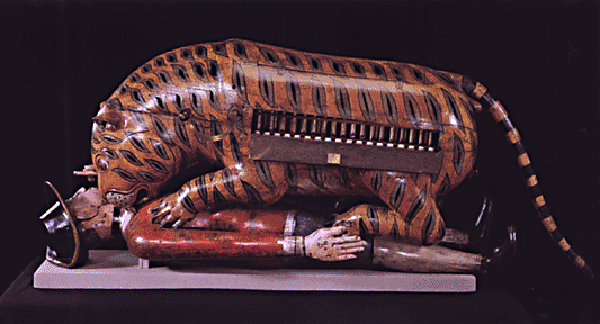
Presently at: London’s Victoria & Albert Museum
The mechanical tiger of Tipu Sultan is a real wonder, both in an artistic and technological sense. It also shows to an extent, the hatred that existed in Indians towards the colonial and exploitative British. The figure consists of a soldier/European being devoured in anger by a tiger. It has been designed in accordance with the traditions of the Hindu religious sculptures.
The tiger was Tipu Sultan’s emblem and he used it as a motif at many places. Measuring 28 inches in height and 68 inches in length, the man is life-size, though the tiger is slightly smaller than lifesize. The sides of the ‘obviously male’ tiger can be opened up to reveal the mechanism which automates music and the pounce of the tiger. The relic has been repainted many times in restoration efforts and it was moved to Britain in 1808 after Tipu’s death. This figure has added to the popular culture around Tipu and his heroics.
Amravati railings and Buddhapada
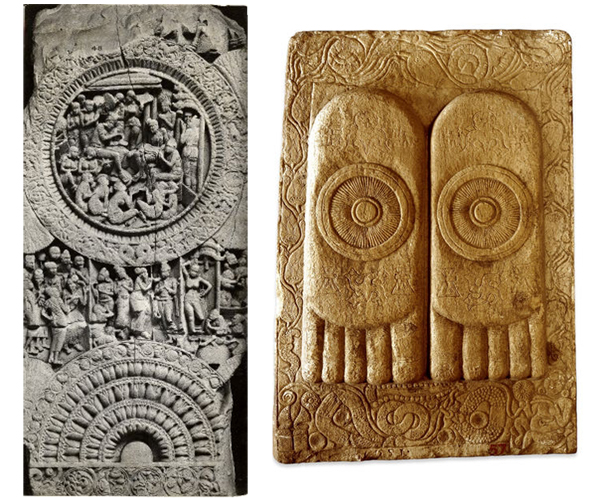
Presently at: The British Museum
The Amaravati Buddhist stupa was the center of Buddhism in southern India. The limestone plaques were used to cover the facade of this stupa. The Railing Pillar as the plaques care called, have lotus medallions. This could be derived from one half of the lotus on the inner face, though the outer half has been erased by the erosion of time.
The central lotus roundel carries a narrative, probably of the infant Siddhartha and the nurse Asita with his nephew. These revered plaques were sold off for a handsome profit to the British Museum which also houses the very sacred Buddhapada, the ‘feet of Buddha’. These were made in the iconic age of Buddhist art and the slab containing these feet measures 70 cm in height, 64 centimeters in width and 10 centimeters in depth. Each foot bears the wheel of righteousness (Dharmachakra), lotuses and swastika. No wonder it is one of the most priceless artifacts that India had.
Darya-ye Noor diamond: Ocean of light
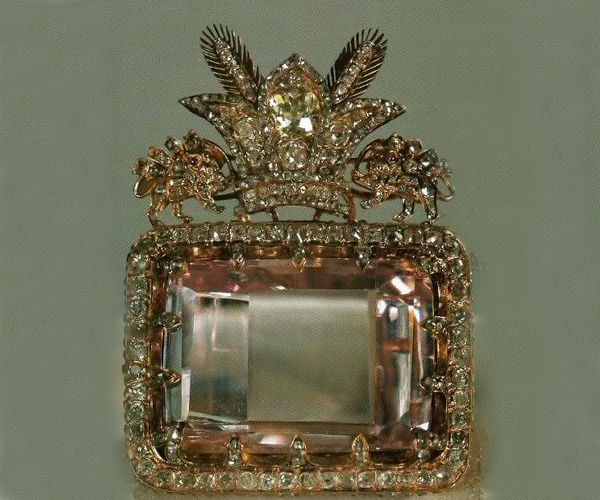
Presently at: Central Bank of Iran, Tehran
The Darya-ye Noor or the ‘Sea of Light’ weighs around 35 grams (182 carats). This definitely makes it one of the world’s largest diamonds. Its exquisite pink color makes it a greater rarity and it is one of the oldest diamonds known to man. Though it now is the part of Iranian crown jewels, it was extracted from the Golconda mines of southern India.
The Mughals were the foremost owners of this shining star. Then, Nadir Shah in his infamous invasion snatched it away from them. Inherited by Shah’s grandson, Shahrokh Mirza, the Darya-ye Noor changed hands from Alam Khan Khozeimeh, Lotf Ali Khan Zand and Agha Mohammad Khan, who founded the Qajar dynasty. The rulers of the Qajar dynasty wore this diamond as an armband and a brooch.
After a long dormant resting in the treasury, by Mozaffar al-Din Shah Qajar wore it as a hat decoration in 1902. The diamond was last ‘used’ in 1967 during Mohammad Reza Shah Pahlavi’s coronation ceremony. After that, it became a prized exhibit.
The Saraswati marble idol – one of the most religious priceless artifacts
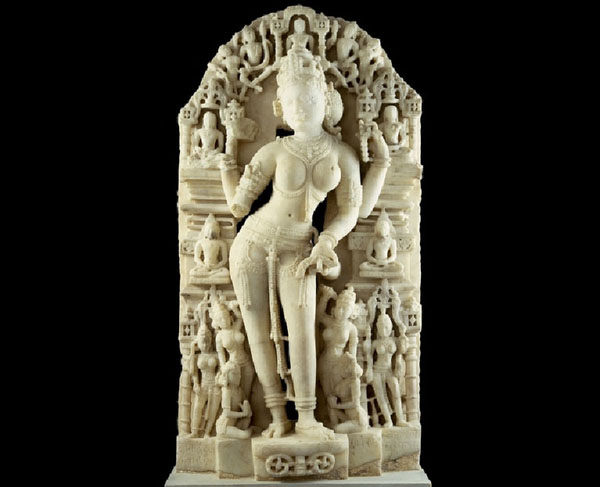
Presently at: The British Museum
Goddess Saraswati is the Hindu and Jain goddess of music and learning. This exquisite marble statue of the great goddess is so deeply cut that it almost looks 3 dimensional. The goddess stands in an architectural frame. The arch over her head is decked with three small Jain Teerthankaras. Two more such Teerthankaras flanks the goddess by the hips.
There are many other attendant figures located on the lower side of the framing arch. At the bottom are the names of the donor family. This statue was made by an enlightened philosopher-king who donated it to a temple located in Bhojasala in Central India. The idea was to preserve and promote the growth of all the center for art. After a while, the statue was lost until it was found by the British. They then took it to their country, where it is currently located.
Peacock throne: The Magnificient Takht-e Tavus
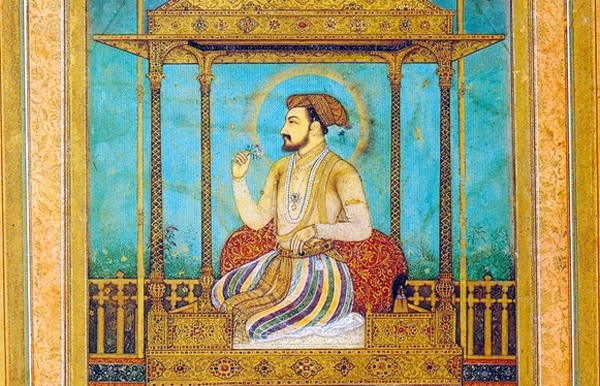
This is one of the most priceless artifacts, lost in the sands of time. The magnificent peacock throne was the original home of the legendary Kohinoor diamond. Now, one can only imagine the throne’s grandiose beauty.
This was made for the emperor Shah Jahan who had it designed in the shape of the peacock’s unfurled plumage. But, there were sapphires, pearls, rubies, emeralds and diamonds instead of feathers. The throne was the centerpiece at the Diwan-e-am, the Mughal public audience hall at Delhi.
French jeweler, Tavernier, described the throne as a bed of gold, supported by 25 inches high golden feet. Over that were 12 pillars supporting the canopy and the throne itself had 108 large rubies and 116 emeralds. The estimated price according to Tavernier was 100 million rupees at that time.
The Persian king, Nadir Shah, looted the throne in 1738. After his execution, the throne simply disappeared from all records.


